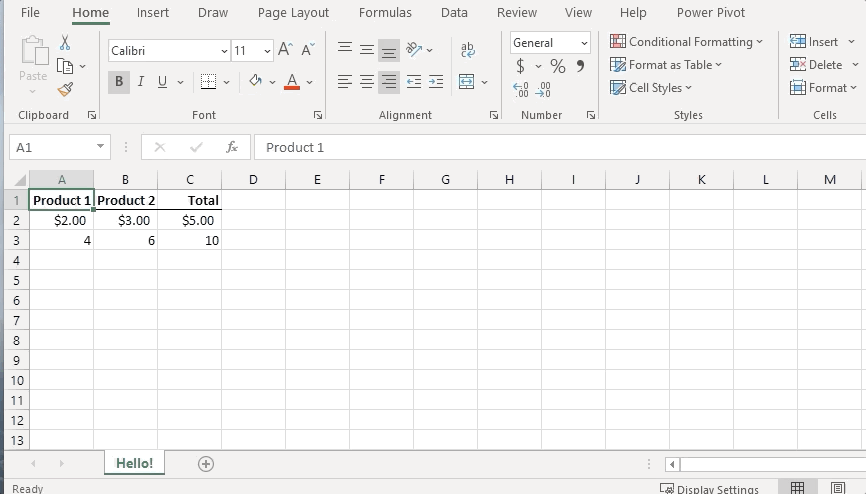The hallmark of any great investment banking analyst is the ability to navigate Excel without a mouse. In this post, I’ll walk you through the most frequently used Excel shortcuts and some of my favorites. Any Excel user can benefit from these.
A quick note that this post. Microsoft has limited functionalities for the Mac version of Excel and it, unfortunately, does not include the essential keyboard shortcuts that leverage the ALT key. However, most of this post can be followed by Mac users in Excel by replacing the CTRL key with the CMD key. Let’s begin!
Navigating Data
Using the CTRL key and the arrows will allow you to zip around your spreadsheet and save you a ton of time. These shortcuts save even more time once your spreadsheet grows in complexity and your data expands beyond the visible area. This is also a great way to map out the spreadsheet, meaning you can quickly get a feel for how large the sheet is.
These shortcuts will allow you to jump to the end of a block of data. Continue in the same direction to jump over white space.
CTRL + Left Arrow
CTRL + Right Arrow
CTRL + Down Arrow
CTRL + Up Arrow

Selecting Multiple Cells
Adding the SHIFT key to the above navigation controls allows you to quickly select all the data until the end or until there’s a break in the table.
CTRL + Shift + Left Arrow
CTRL + Shift + Right Arrow
CTRL + Shift + Down Arrow
CTRL + Shift + Up Arrow

Copy a Formula Down
Combine the navigation from above with the copy down shortcut, CTRL & D, to make adding a formula column to every row a quick process.
To copy to the right, use CTRL & R

CTRL & SHIFT & Up Arrow to select all the target cells in the adjacent column.
CTRL & D to copy the formula down.
Adding and Removing Rows
To quickly select an entire row, Hold SHIFT & Spacebar. To delete the row, Hold CTRL & –

Pro Tip. After you press Spacebar, you can continue to hold down the SHIFT key and arrow up or down to select more than one row.

Adding and Removing Columns
To quickly select an entire row, Hold CTRL & Spacebar.
To add the column, use CTRL & +

To delete the column, use CTRL & – (Note that it’s the same combination as deleting a row)

Navigating Between Tabs
CTRL & Page Up will move to the next tab and CTRL & Page Down will move to the previous tab

The ALT Key
By pressing the ALT key, you unlock the ability to call any function in the navigation ribbon.

The Formatting Window
CTRL & 1 brings up the formatting window. This is the quickest way to change decimal places, add a comma for thousands, add cell borders, and change the date format, to name a few common actions.

F2 Key
I use the F2 key when I want to see the cell references for a formula. By pressing the F2 key, it allows you to go into Edit mode in the cell. Pressing ESC will get out of Edit mode and show the result of the formula. This is really essential especially when looking at workbooks that somebody else created.

Locking Cells References with F4
In Edit mode, clicking F4 will add the $ signs to lock the cell. In a nutshell, locking a cell means that the cell reference doesn’t change if you copy the formula to a different cell.

Other Favorites
Ask anyone who uses Excel for their job and they will all have a different favorite shortcut. Here are some of mine.
ALT & O & H & R
This shortcut allows you to quickly rename a sheet.

ALT & E & S & T
This shortcut brings up the paste special menu. Often times, I am never doing a straight-up paste. I’m typically pasting just the values or the formats and this shortcut makes it really easy to keep your formatting consistent.

And that’s it! Let me know your favorites shortcuts by leaving a comment below.
